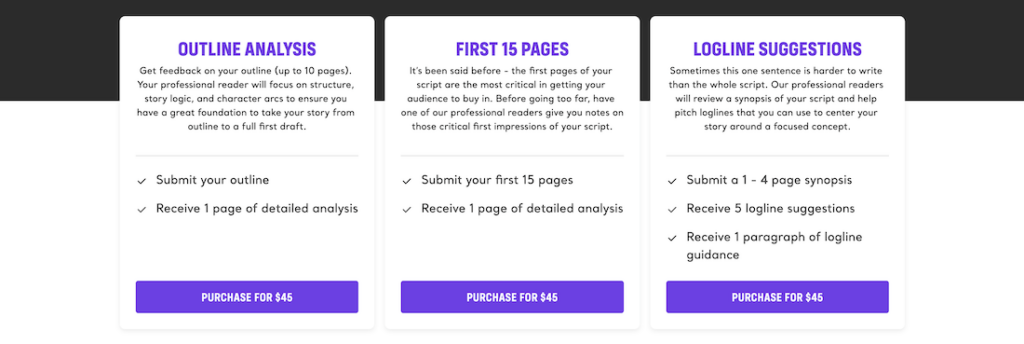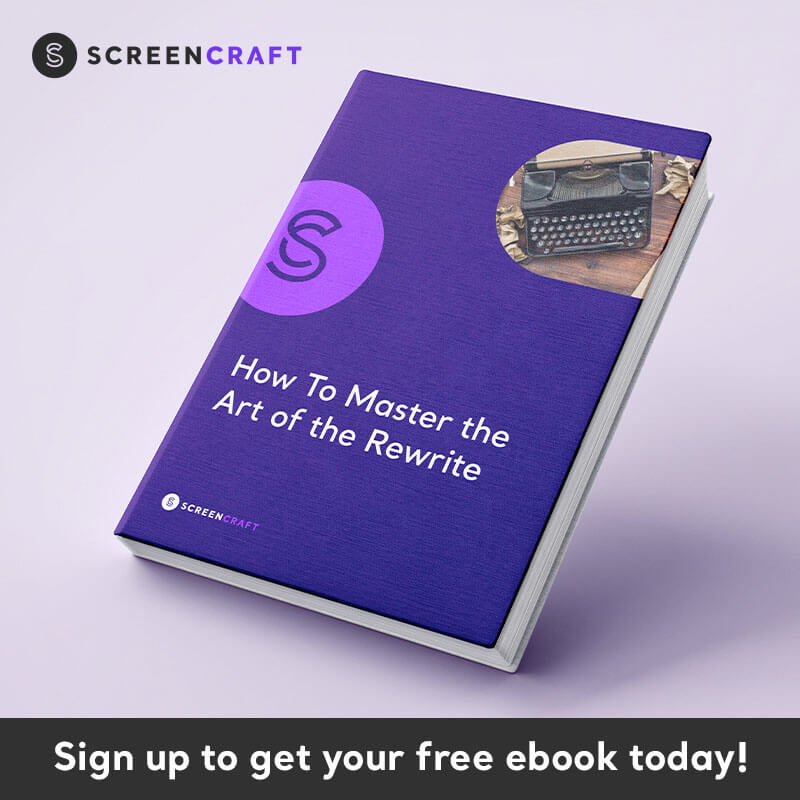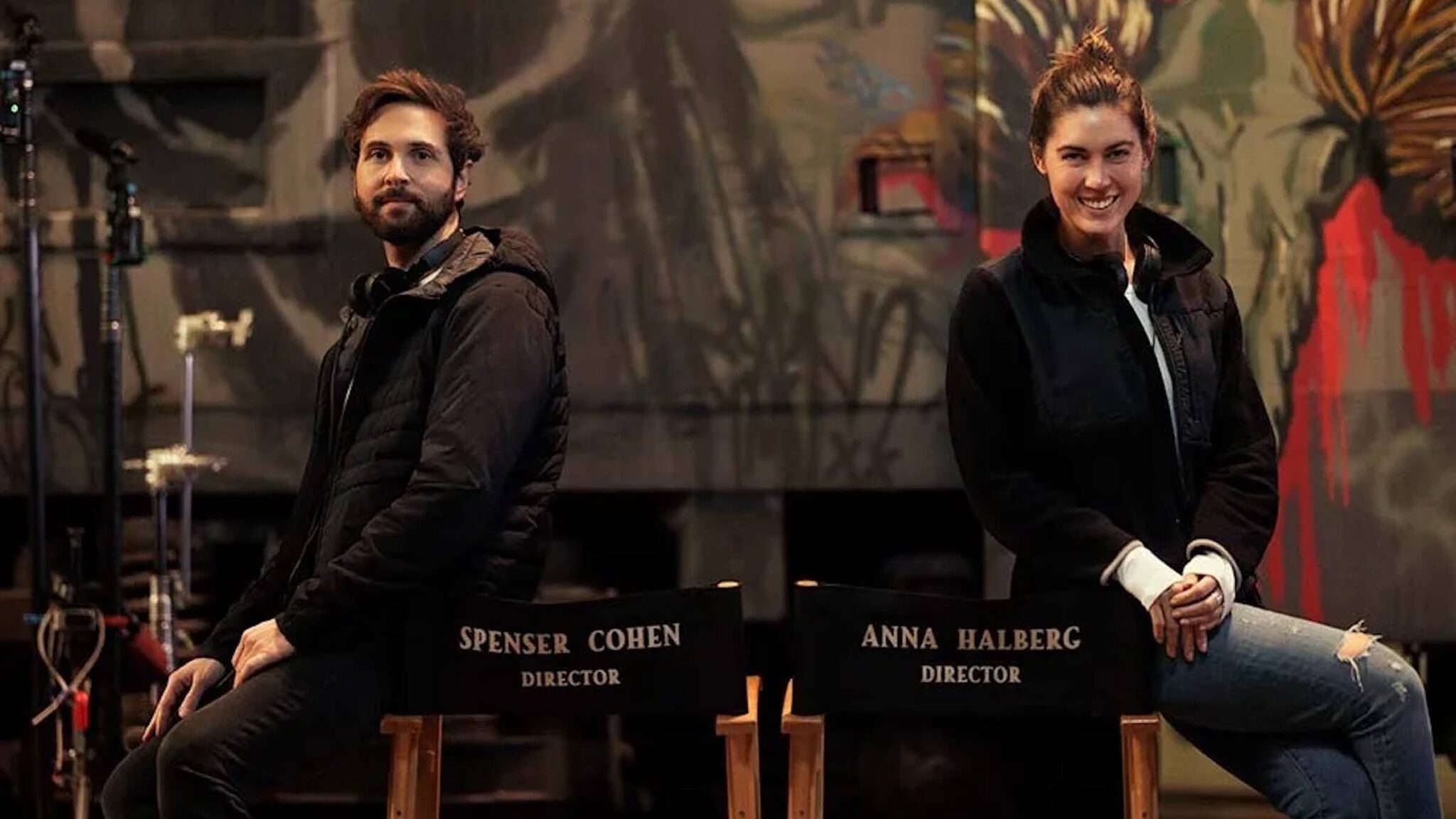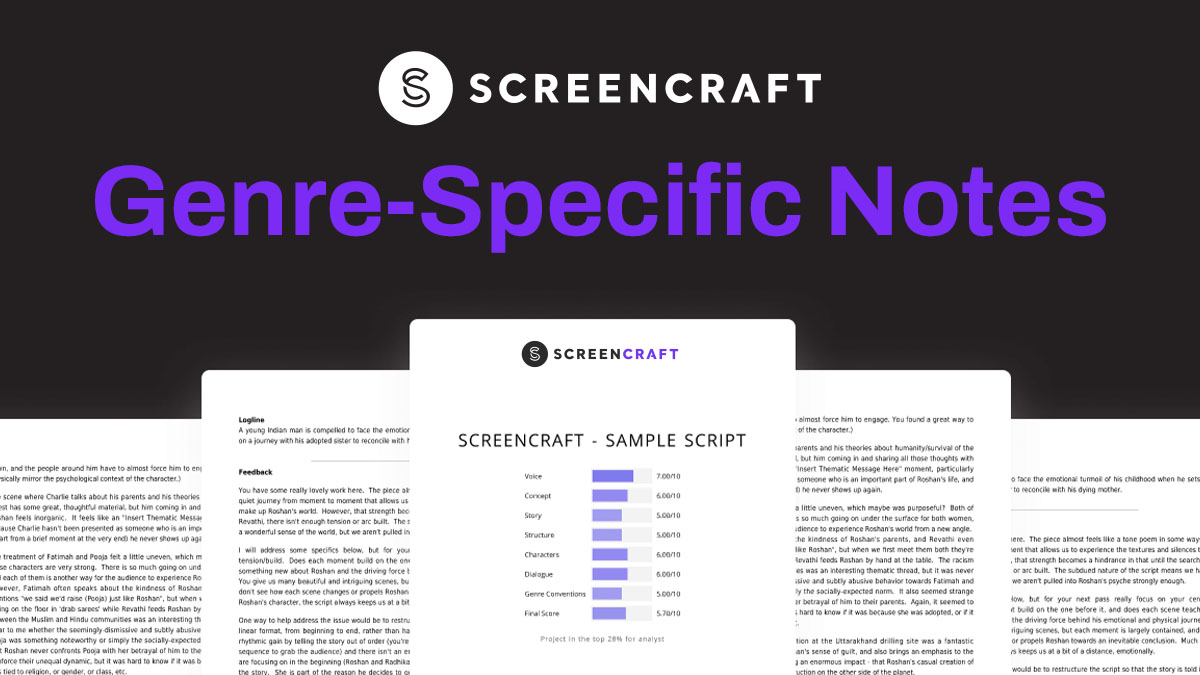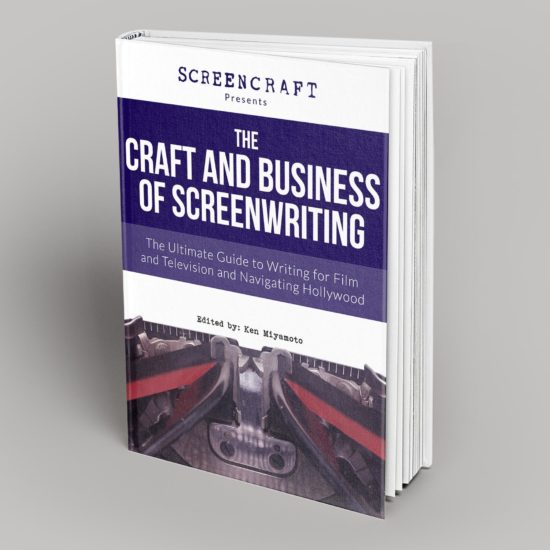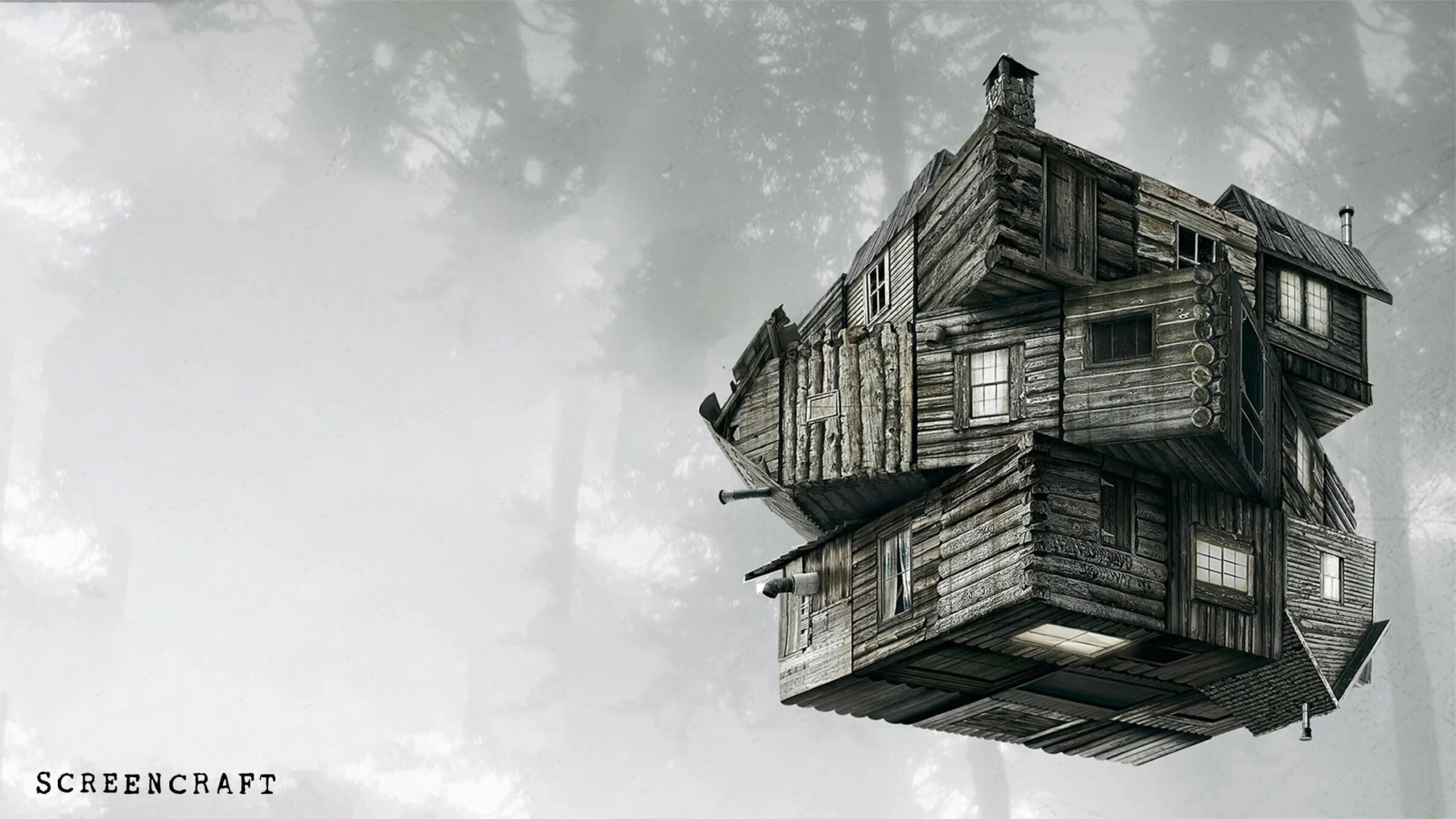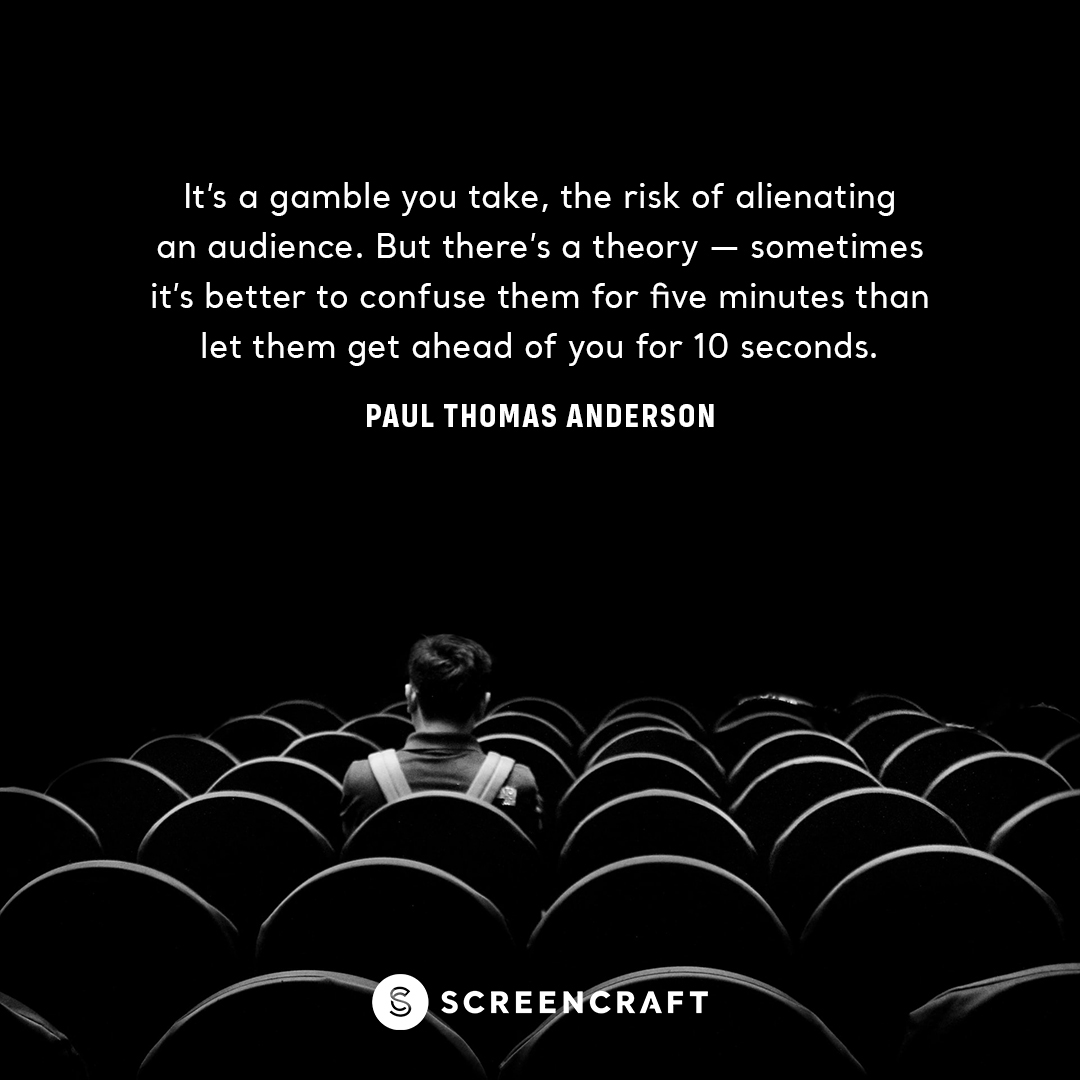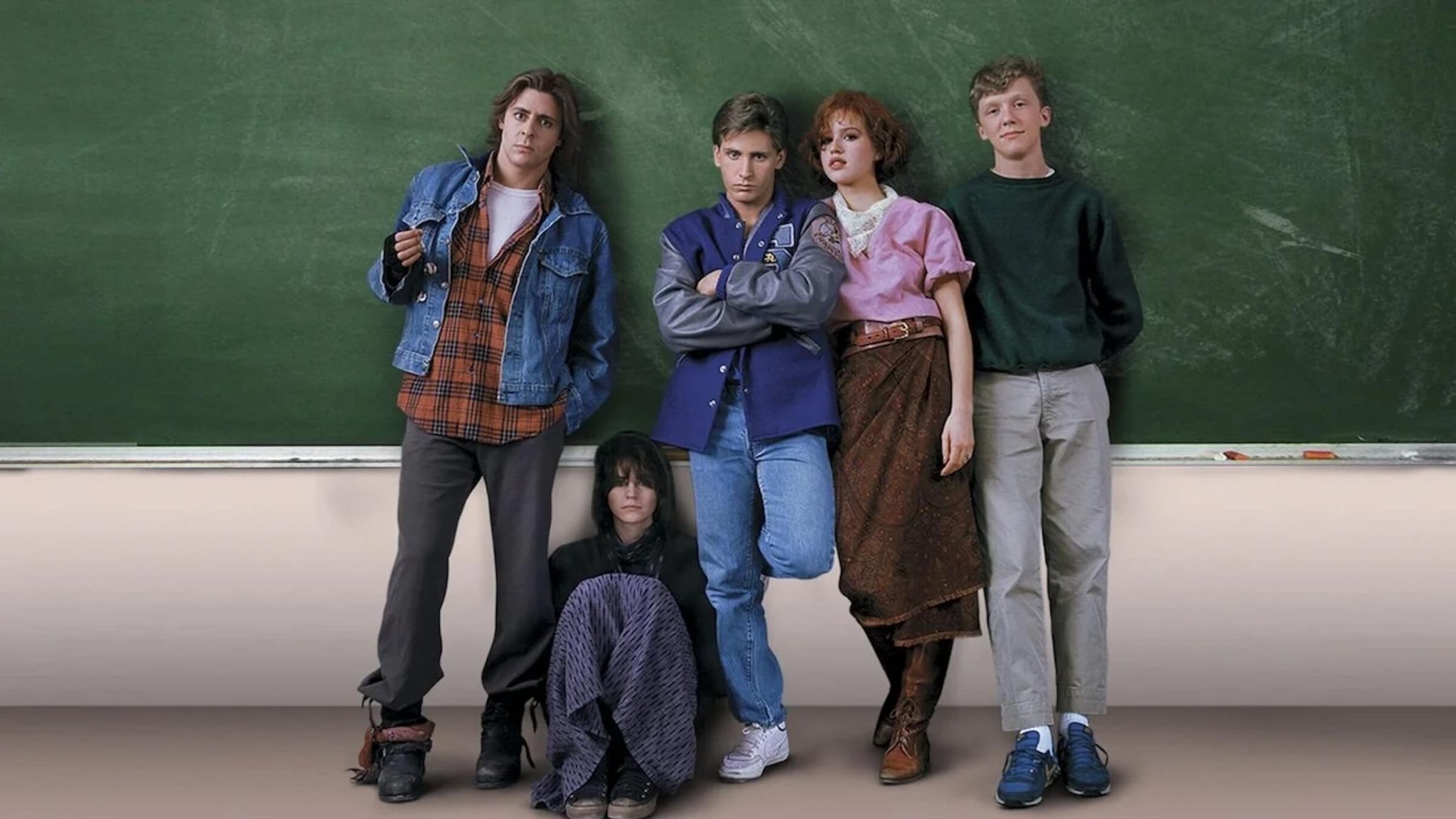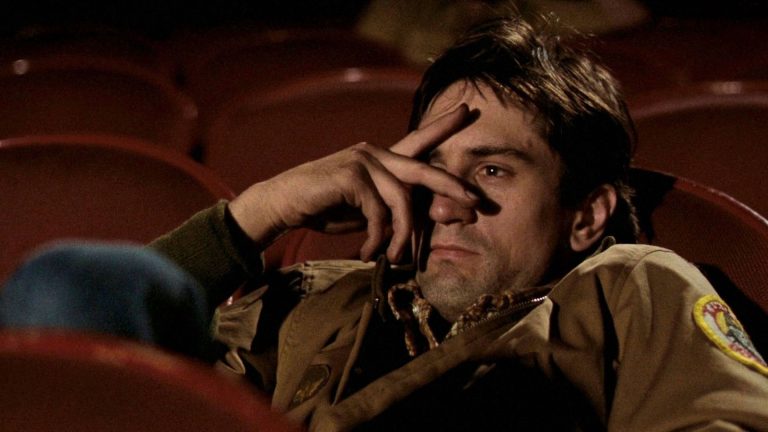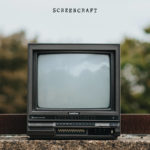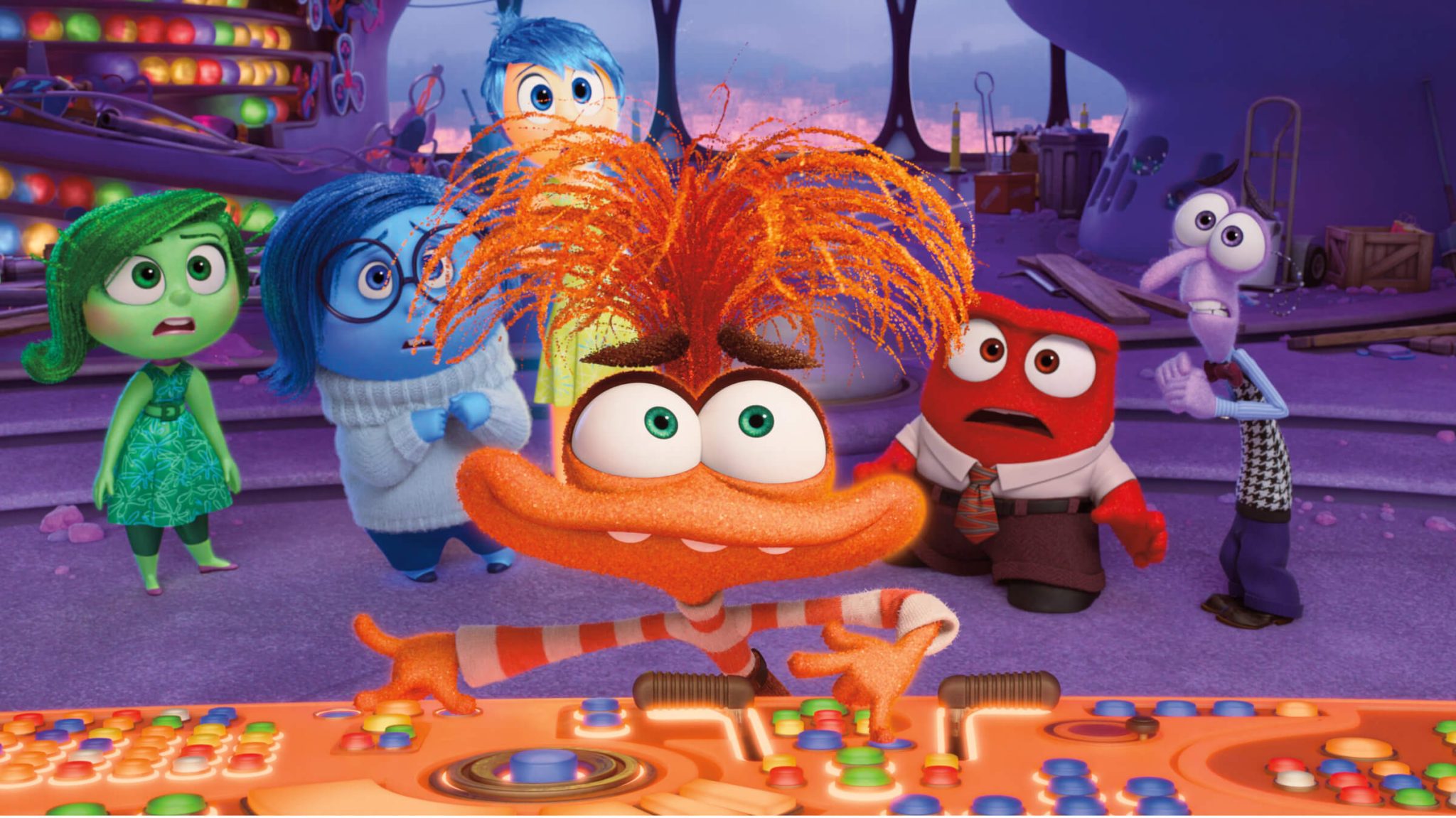Navigating Fate and Fears: 5 Lessons from 'Tarot' Creators
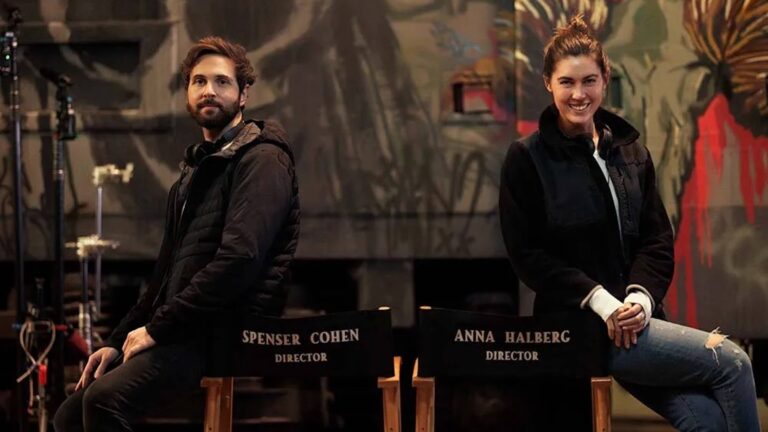
When writers-directors Anna Halberg and Spenser Cohen started writing Tarot in 2020, predicting the future was a terrifying concept. Exploring this fear through cards coming alive sparked a two-year journey to create their feature debut.
Tarot follows a group of friends who break a sacred rule of tarot readings and unleash an unspeakable evil trapped within the cursed deck. One by one, each one will face fate, racing against death to escape the future revealed to them in their readings.
Tarot became a personal project for the creative duo, who first met at the University of Southern California in 2006, touching on themes that highlight various experiences from Halberg's and Cohen's lives. Finding these themes and their relevance didn't happen overnight. After years of writing and submitting to competitions, the creative duo found their voice that helped them stand out in Hollywood.
Halberg and Cohen shared their experience crafting Tarot with ScreenCraft, highlighting the importance of their creative partnership, nailing the film's stunning visual language, and how their years of hard work in the industry paid off with a successful horror feature.
The Importance of Creative Partnerships
Halberg and Cohen highlighted the value of finding the right creative partners in the film industry. They emphasized that collaboration is essential for success, as it allows filmmakers to bring their visions to life more effectively.
Cohen noted, “Having Anna [Halberg] as a creative partner has been transformative for my career. We complement each other’s strengths and challenge each other to push boundaries creatively."
Their partnership was evident in the making of Tarot, where they worked closely together to develop the film’s unique concepts and visual elements. Halberg explained, “We have a great working dynamic where we can bounce ideas off each other and come up with innovative solutions to creative problems.”
Collaborating with the right partners can bring fresh perspectives, complementary skills, and shared enthusiasm to a project, elevating the quality of the work and increasing its chances of success in the competitive film industry.
Read More: 3 Intriguing Ways Hollywood Screenwriting Duos Collaborate
Tarot's Visual Storytelling
Tarot is a visually stunning film that uses color and repeated shots to enhance the viewing experience. Halberg and Cohen wanted the visuals to immerse the audience in the world of Tarot cards and astrology. They carefully crafted each scene to evoke a sense of mystery and intrigue, using visual motifs to reinforce the film’s themes.
Cohen elaborated on their approach to visual storytelling, saying, “We wanted the visuals to be as important as the dialogue in telling the story. Every shot was carefully planned to convey meaning and enhance the emotional impact of the film.”
Understanding the power of visual storytelling can help aspiring screenwriters craft scripts that not only engage readers but also provide a clear vision for directors and cinematographers, enhancing the overall impact of the film.
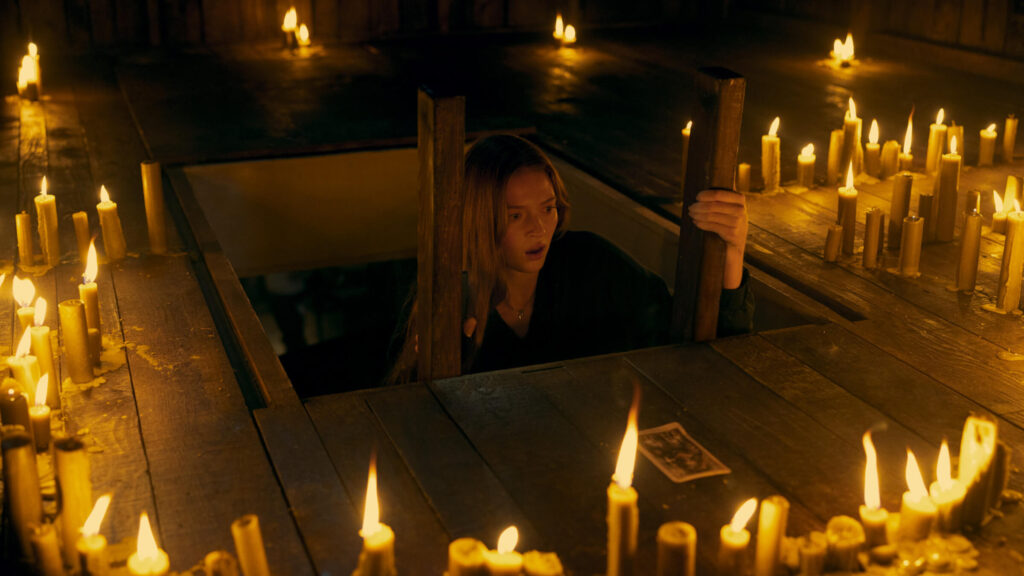
'Tarot' (2024)
Personal Connection Behind Tarot
Both Halberg and Cohen had personal connections to the themes of Tarot, which made the project deeply meaningful to them. Halberg shared, “The themes of fate versus free will and dealing with uncertainty resonated with me, especially given some personal challenges I’ve faced. It was cathartic to explore these themes through the film.”
Similarly, Cohen found the story’s exploration of illness and death particularly poignant. He explained, “I lost a loved one to illness, so the themes of mortality and loss were very personal to me. It was a way for me to process my grief and hopefully connect with others who have experienced similar losses.”
Drawing from personal experiences can infuse scripts with authenticity and emotional depth, making them more relatable and compelling to audiences.
Read More: How to Approach Passion Projects & Personal Screenplays: Advice from a BAFTA Nominated Producer
Relevance of Themes in Tarot
The themes of fate versus free will and dealing with uncertainty are particularly resonant given the events of the past year. The film offers a unique perspective on these universal themes, which is both refreshing and thought-provoking.
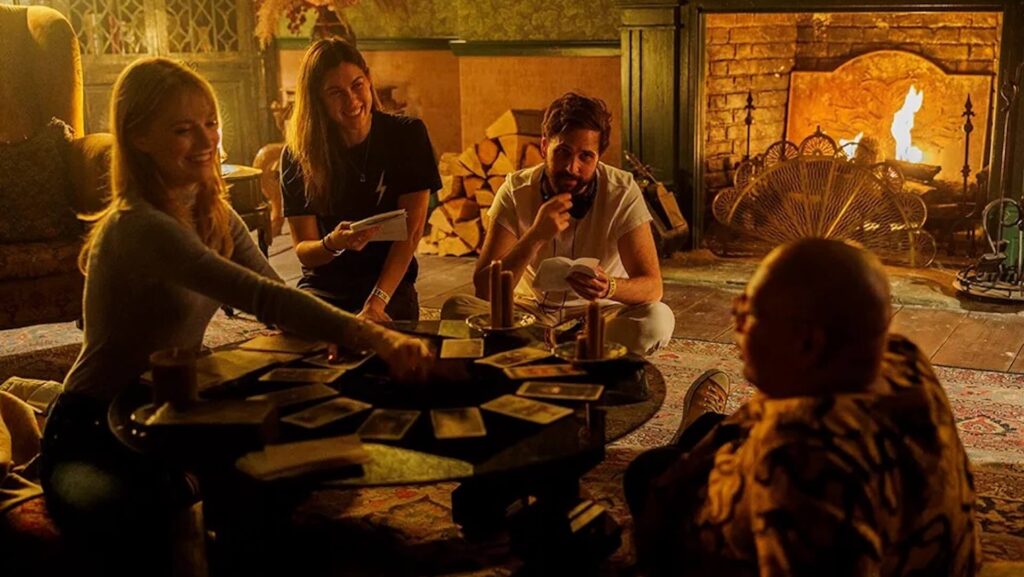
'Tarot' (2024)
Perseverance in the Film Industry
The film industry is notoriously challenging to break into, but Halberg and Cohen are proof that perseverance pays off. They both stressed the importance of entering competitions and submitting work to get noticed. Cohen advised, “Keep honing your craft and putting yourself out there. Success in this industry often comes down to perseverance and a bit of luck.”
Despite facing setbacks and rejections, Halberg and Cohen remained committed to their goal of making Tarot. Their dedication and hard work eventually paid off, leading to the film’s successful completion and positive reception.
Exploring complex themes can add layers of meaning to a script, encouraging audiences to think deeply about the human condition and creating a more memorable and thought-provoking film.
---
Halberg's and Cohen's journey with Tarot serves as an inspiring example of the power of collaboration, perseverance, and personal connection in filmmaking. Their passion for their craft shines through in every aspect of the film, making it a truly immersive and unforgettable experience for audiences.
Perseverance and dedication are crucial in overcoming the challenges inherent in bringing a script to life, helping aspiring screenwriters stay focused and motivated on their path to success in the film industry.
Read More: Script to Scream: The Best Horror Movie Scripts You Can Read (If You Dare)
CHECK OUT OUR PREPARATION NOTES SO YOU START YOUR STORY OFF ON THE RIGHT TRACK!
Get Our Screenwriting Newsletter!
Get weekly writing inspiration delivered to your inbox - including industry news, popular articles, and more!


